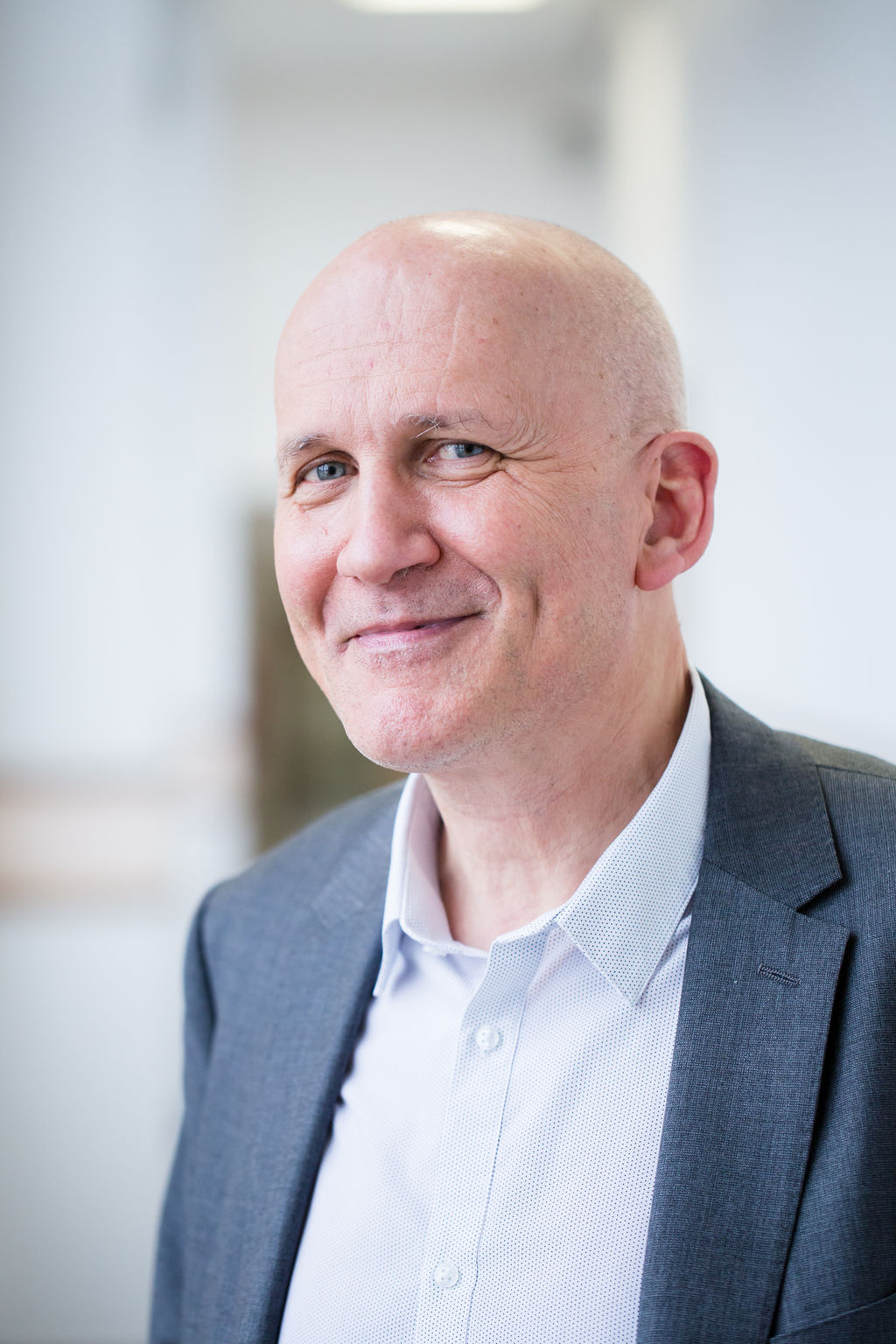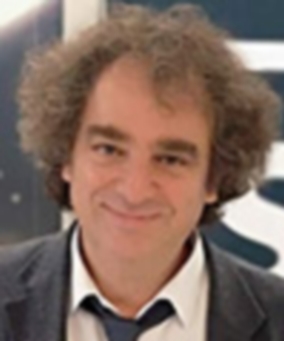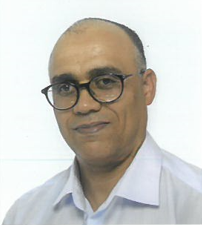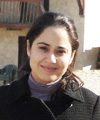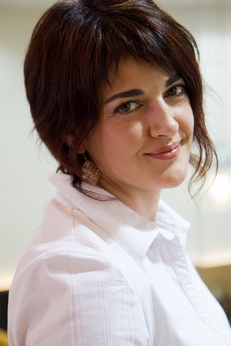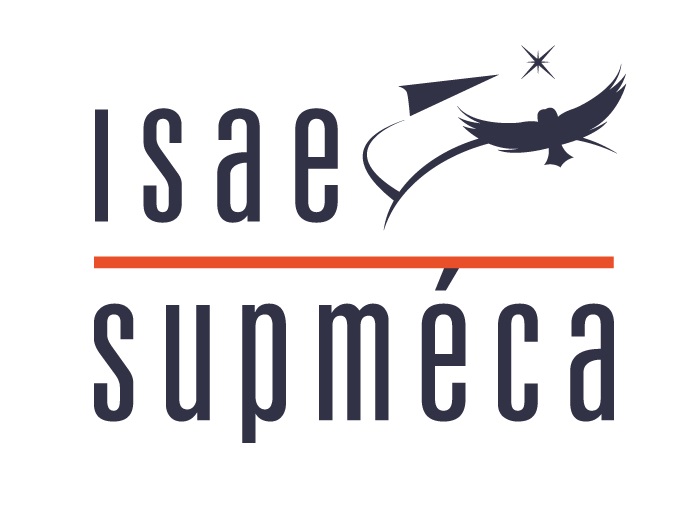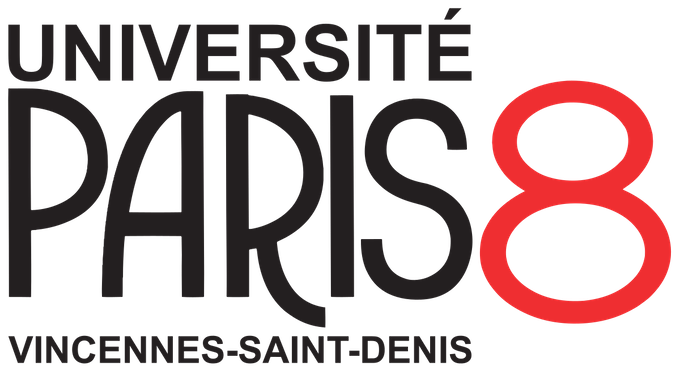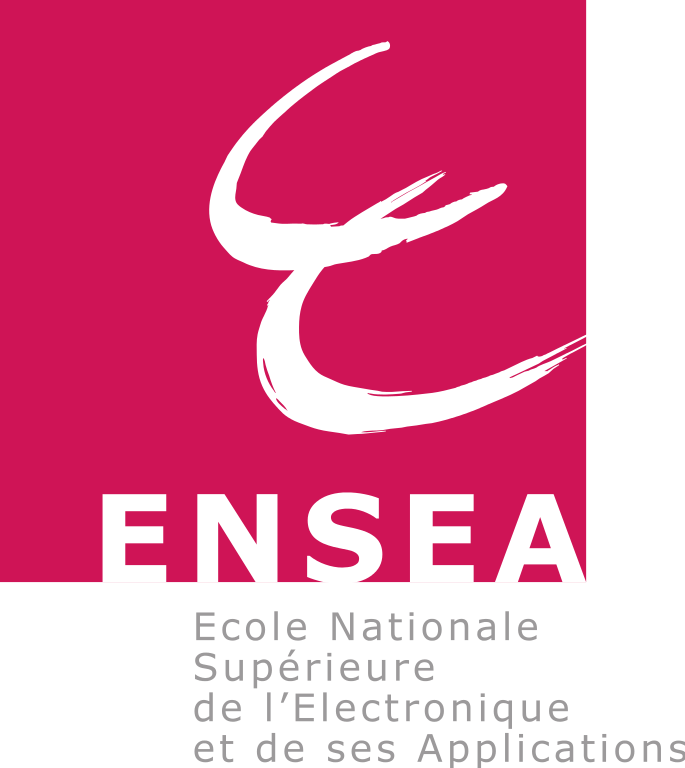Jean-Yves CHOLEY (PU) - ISAE-Supméca
jean-yves.choley@isae-supmeca.fr
This research activity mainly relies on methodologies based on MBSE (Model-Based Systems Engineering) models capable of integrating a large number of constraints (agility, eco-design, multiphysics, safety, etc.), ranging from the definition of the need to candidate system architectures, by taking into account the system’s entire lifecycle, and addressing aspects such as “product” and production “process” and coupling them together (co-design of aproduct and its process).
The systems addressed are essentially mechatronic systems and cyber-physical systems (CPS), potentially embedded in autonomous and production systems :
- Aeronautical and aerospace systems to assist the necessary changes in the sector ;
- Autonomous transport systems (terrestrial, air, naval) and new modes of mobility ;
- Production systems including cobotics and CPPS (Cyber-Physical Production Systems) used in the digitalisation of tomorrow’s factories (Industry 4.0), integrated in the processes and for operating and controlling them ;
- New multi-energy systems (MES) that combine wind power and solar power, for example ;
- Connected medical devices (IoT), such as the artificial pancreas ;
- Bio-inspired robotics and swarm robotics ;
- New mechanical assemblies adapted for implementation in these new systems.
The design of current and future systems calls on an array of methodologies that are interesting to use in synergy :
- Systems engineering, more specifically model based (MBSE), with a methodology coupling :
- Black box analysis to define a set of consistent requirements ;
- White box analysis to define candidate architectures and choose the optimal physical architecture ;
- The integration of agility in mechatronic system design ;
- Methodologies for the collaborative design of complex, mechatronic, and robotic or cobotic systems, etc.
- Concurrent engineering, more particularly Set Based Concurrent Engineering (SBCE).
Whatever the nature of a system or a process, it is necessary to address :
- the interoperability between MBSE and models such as CAD, MDO, etc.
- knowledge management using ontologies and KBE (Knowledge Based Engineering) ;
- conflict management and decision-making (choice and construction of pertinent metrics, multi-agent, etc.) ;
- design robustness, for example with variational analysis and multi-domain tolerance analysis.
The applicability of methodologies that could be used for the design and operation of complex systems (CPS, mechatronics, product-process, etc.) depends on the existence of a formal framework that ensures their consistency, pertinence and reliability.
These rigorous formalisms are mainly based on :
- The mathematics of complex systems, such as connective structures, category theory, topological analysis, etc.
- Computer concepts such as formal languages, multi-agent systems, data mining, etc.
Coupled with new design methodologies, they permit :
- structuring and implementing a digital twin that integrates a large number of heterogenous models ;
- ensuring and maintaining the consistency of the necessary models ;
- managing the diversity of modelling languages and tools used during the design phase. We can mention :
- Formal modelling languages (Modelica, Altarica) and semi-formal ones (SysML) ;
- Dedicated tools such as Matlab, Cameo Systems Modeler, Capella-Arcadia, PTC Integrity Modeler, AnyLogic, 3D Experience, ModelCenter, Karren, etc.
In the context of MBSE, the analysis of candidate architectures resulting from the synthesis of architectures, is mainly based on comparative assessments that take into account various constraints (chiefly behavioural) in view to optimisation or aiding decisions. It makes use of the following to take into account a large number of criteria :
- Mechatronic modelling, simulation and optimisation, that is to say multi-domain (mechanics, electronics, computing, etc.) and multi-physical (electromagnetism, heat, vibration dynamics, etc.) ;
- The implementation of compact, surrogatemodels, possibly using artificial intelligence ;
- MultiDisciplinary Optimisation (MDO) ;
- Model-based safety analysis (MBSA, FTA, etc.) for safety critical systems ;
- Topological analysis ;
- Metrics related to the integration of these systems.
The objective is to integrate all these models within a digital twin in order to generate and run numerous assessment scenarios to better assist decision-making in design, especially in the preliminary design phase, but also throughout the lifecycle of a system, may it be a product or a process, or both.
